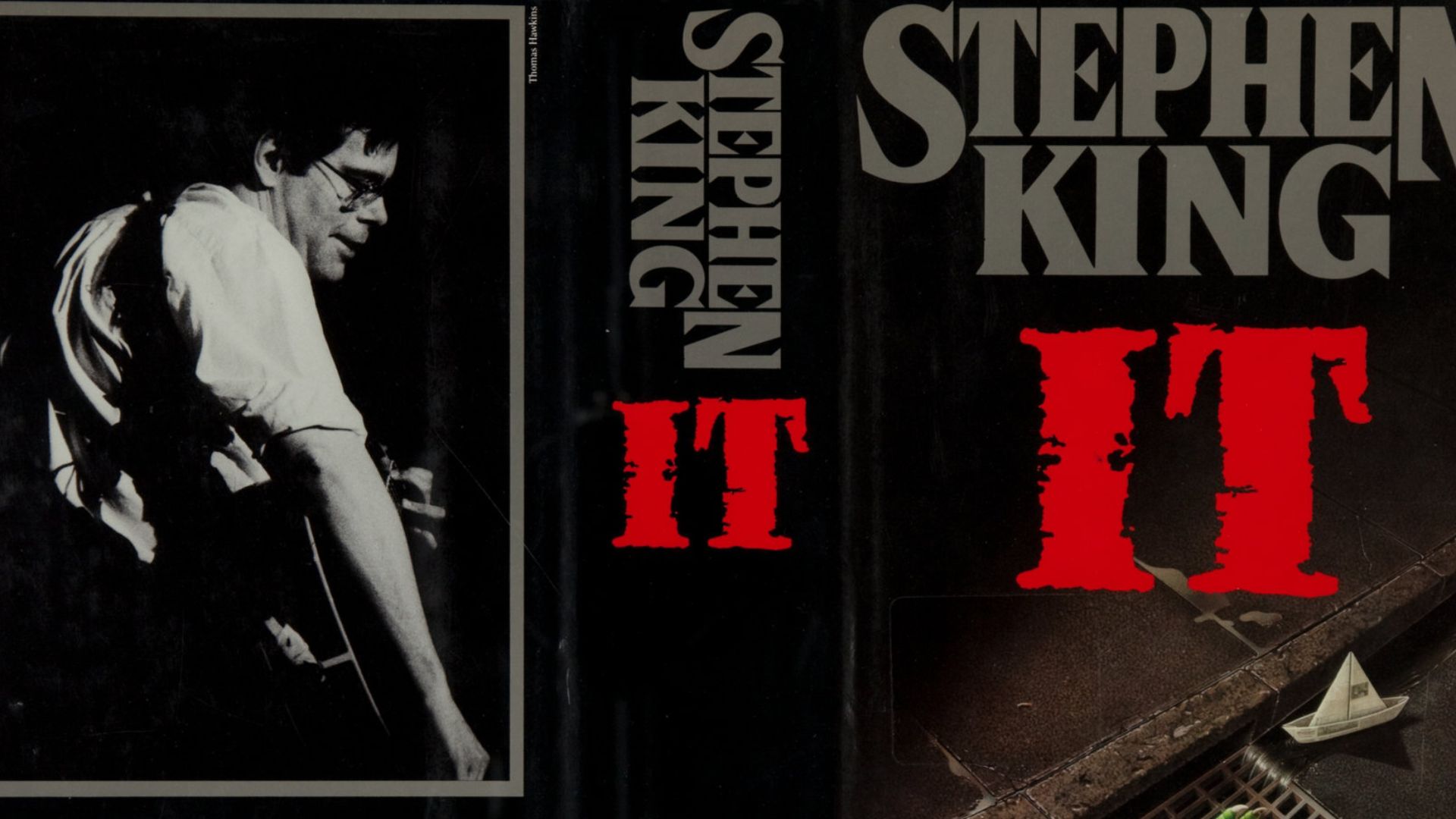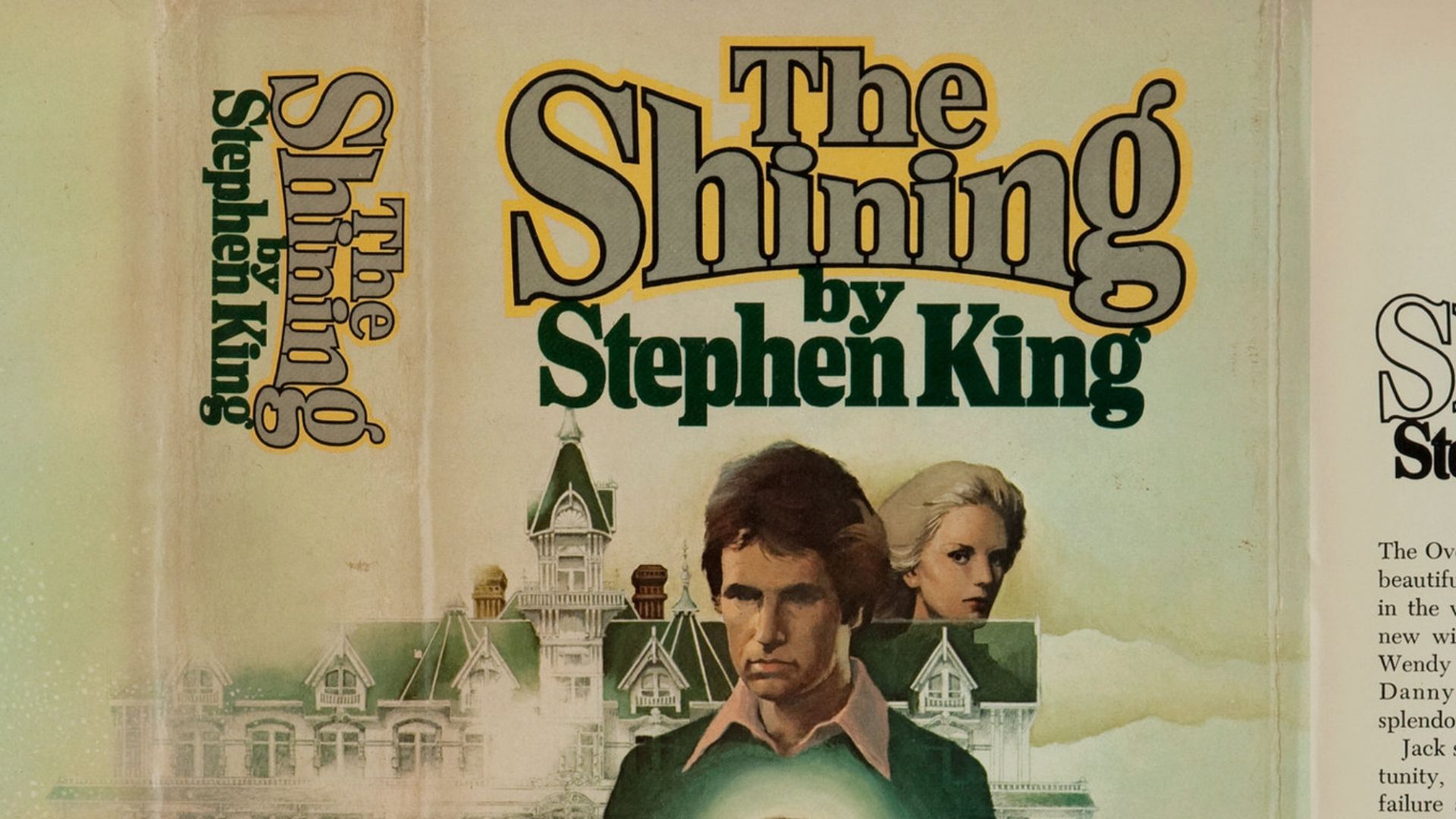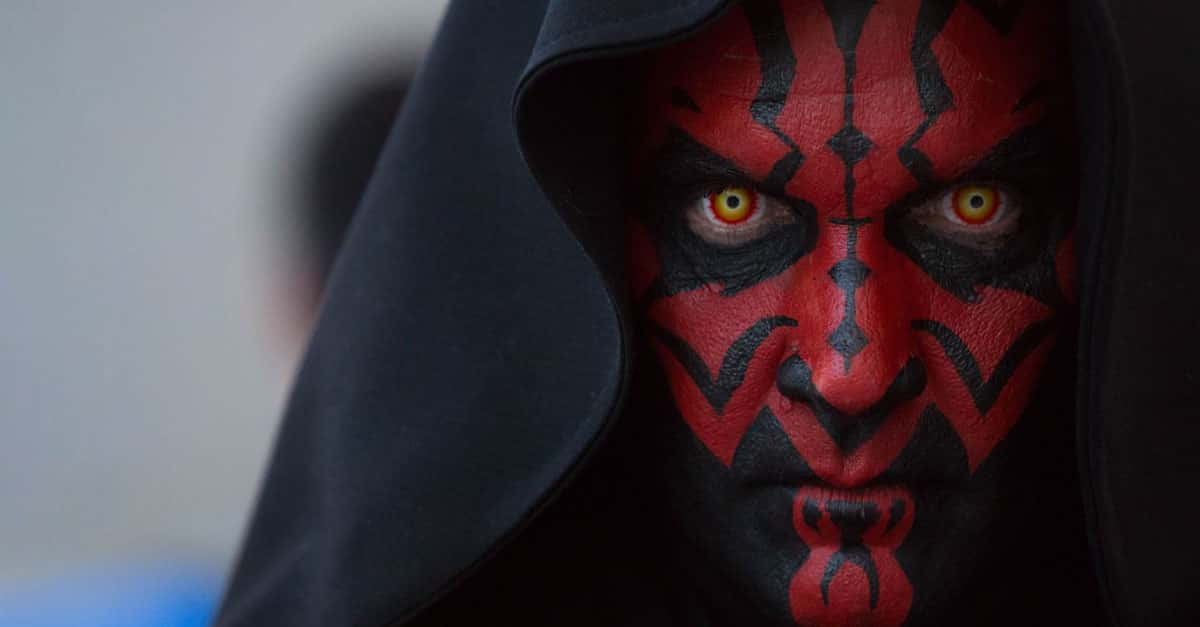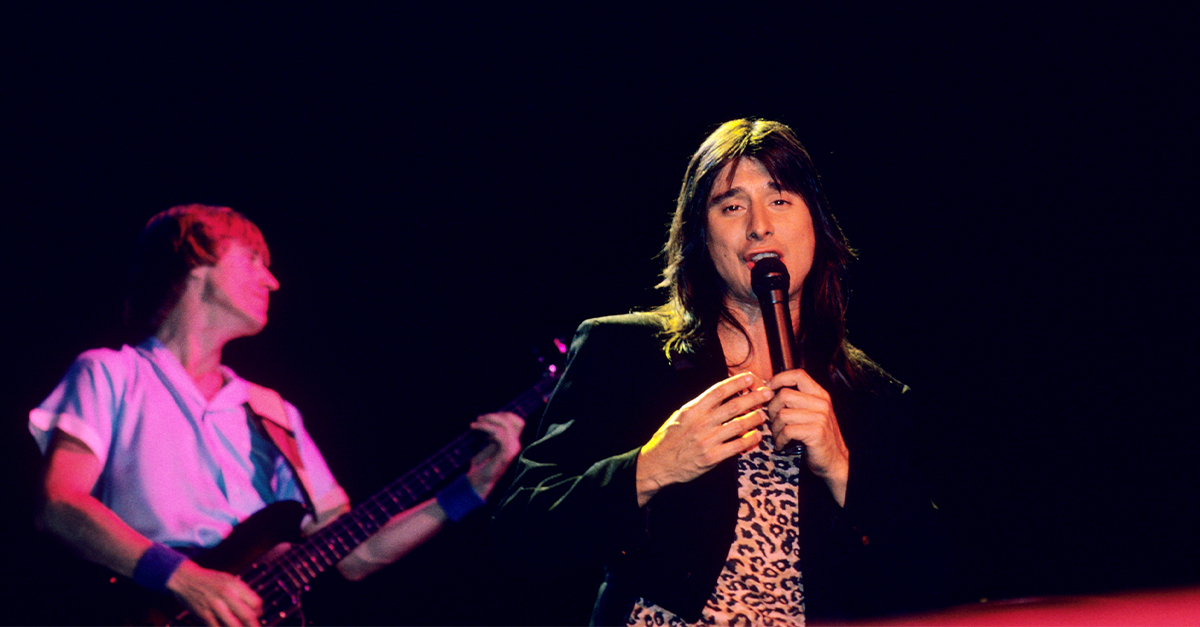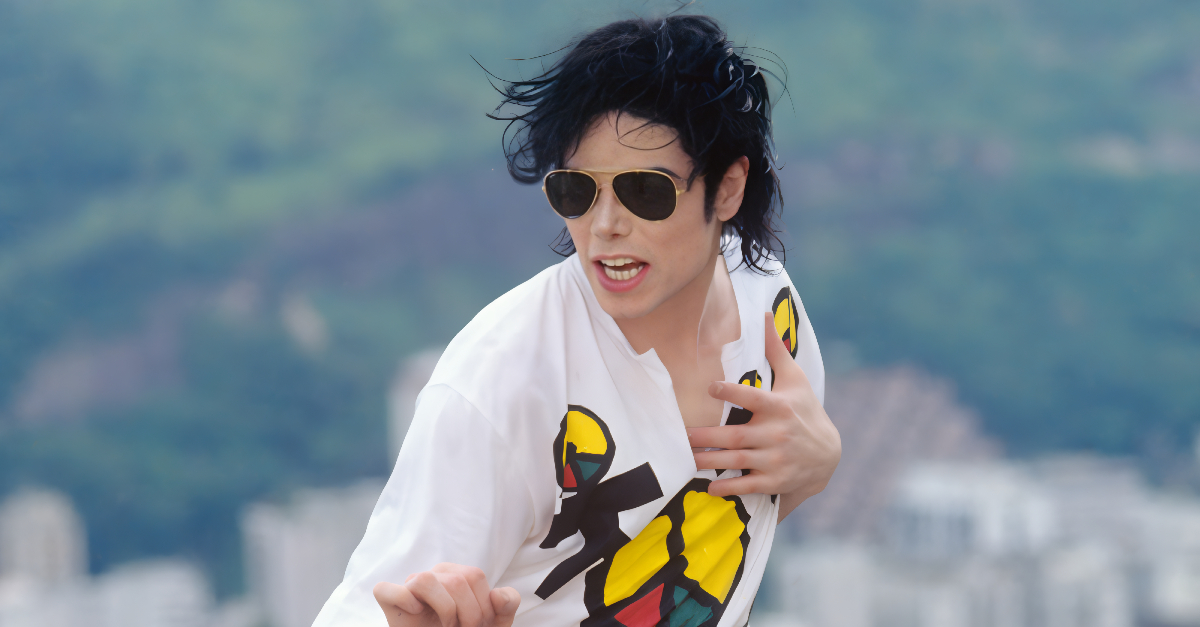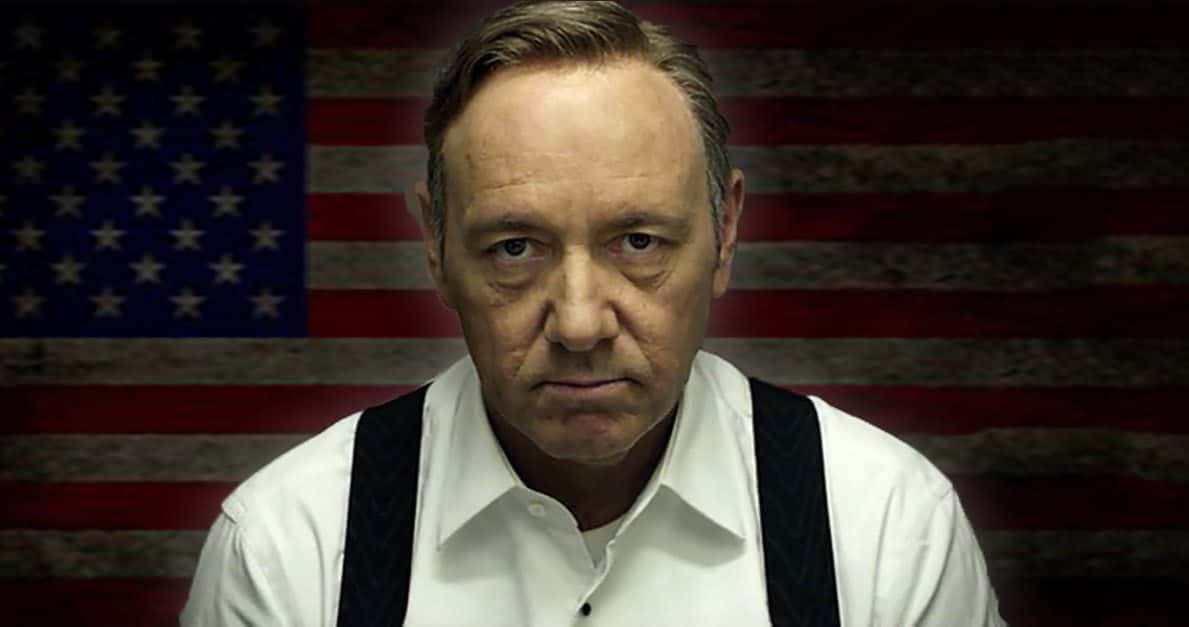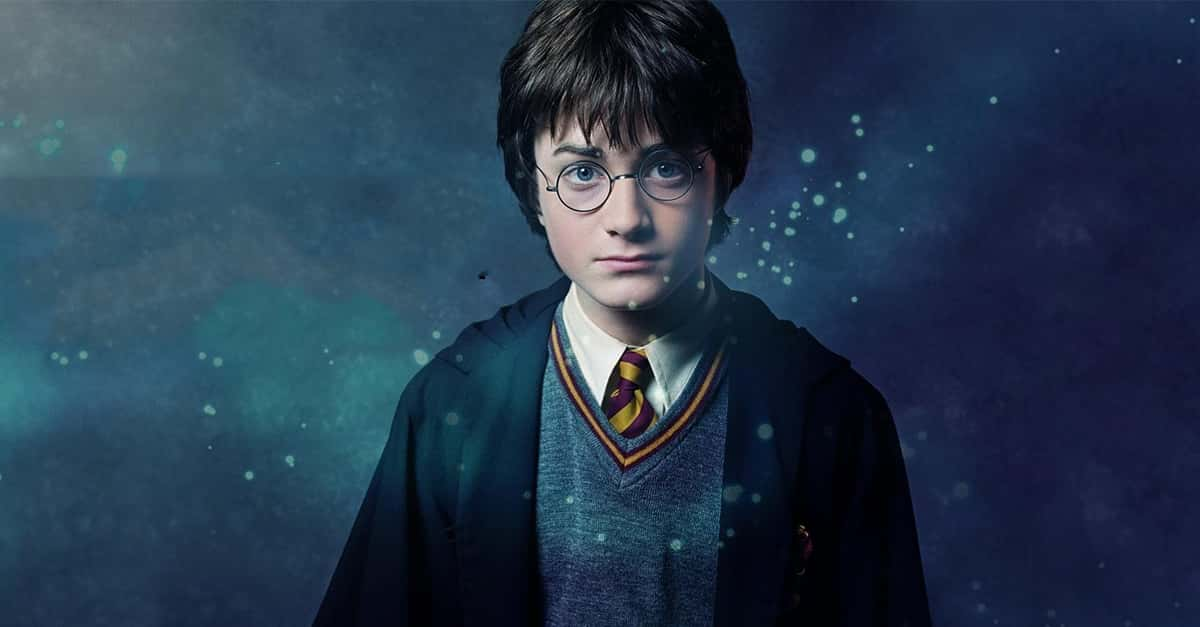Page-Turners With Bite
Some tales are so unsettling that no camera can fully capture their terror. On the page, fear slowly seeps word by word into your mind, where it can’t be edited or cut away.

It By Stephen King
The quiet town of Derry, Maine, hides something ancient and hungry. Every 27 years, a shape-shifting creature emerges to feed on fear and children. Unlike the movies, the book reveals Pennywise’s monstrous spider-like form, which even lays eggs. That’s a grotesque detail Hollywood never dared touch.
The Cabin At The End Of The World By Paul Tremblay
Tremblay’s story traps readers in relentless psychological terror. Each page tightens the noose, questioning reality itself. While the movie Knock At The Cabin offers a clearer resolution, the book’s ambiguous ending lingers far longer. Its 2018 Bram Stoker nomination feels fitting for such nerve-shredding horror.
 Screenshot from Knock At The Cabin, Universal Pictures
Screenshot from Knock At The Cabin, Universal Pictures
Hell House By Richard Matheson
They called it the Belasco House, but investigators knew it by a darker name: Hell House. What unfolds inside is a psychological and supernatural descent that the 1973 movie could only hint at. Matheson’s self-penned screenplay softens the edges for film audiences.
 Screenshot from The Legend of Hell House, 20th Century Fox
Screenshot from The Legend of Hell House, 20th Century Fox
No Exit By Taylor Adams
Let’s start with a snowstorm trapping strangers at a rest stop. Now add a child locked in a van outside. That’s the nightmare Taylor Adams crafts. The 2022 movie builds tension visually, but the book’s internal monologues make each decision pulse with unbearable suspense.
The Bad Seed By William March
Rhoda Penmark, the golden-haired little girl, hides a sociopath’s heart in March’s classic 1954 novel. When the story hit Hollywood, the Hays Code demanded a sanitized ending. The book’s quiet evil, however, feels far more haunting. It leaves readers questioning where innocence truly ends.
 Screenshot from The Bad Seed, Warner Bros.
Screenshot from The Bad Seed, Warner Bros.
I’m Thinking Of Ending Things By Iain Reid
Reality bends until it breaks in Iain Reid’s debut novel. A couple’s road trip turns into an eerie psychological labyrinth, where thoughts blur and identities dissolve. Charlie Kaufman’s film creatively reinterprets the chaos, yet the book’s stark intimacy remains unmatched.
 Screenshot from I’m Thinking Of Ending Things, Netflix
Screenshot from I’m Thinking Of Ending Things, Netflix
The Ruins By Scott Smith
Under the blazing Mexican sun, tourists stumble upon an ancient ruin and then realize the jungle itself wants them dead. The sentient vine that traps them isn’t just monstrous; it’s patient. Smith’s novel delivers graphic, psychological horror that the 2008 film barely grazes.
 Screenshot from The Ruins, Paramount Pictures
Screenshot from The Ruins, Paramount Pictures
Bird Box By Josh Malerman
In a world where a glance means madness, survival depends on faith and fear. The movie captured the tension, but the novel’s horror cuts deeper into the unknown that kills. Malerman’s decision never to describe the creatures keeps readers’s imaginations as their deadliest weapon.
 Screenshot from Bird Box, Netflix
Screenshot from Bird Box, Netflix
The Girl With All The Gifts By M R Carey
Melanie, part human, part infected, forces readers to question what makes someone truly alive. The film captures her story faithfully, thanks to Carey’s own screenplay. However, the book’s layered emotions and moral weight make it unforgettable within the zombie genre.
 Screenshot from The Girl With All The Gifts, Warner Bros. Pictures
Screenshot from The Girl With All The Gifts, Warner Bros. Pictures
Scary Stories To Tell In The Dark By Alvin Schwartz
Every generation remembers the chill of those black-and-white drawings. Alvin Schwartz collected eerie folklore for kids, while Stephen Gammell’s twisted illustrations turned nightmares real. Schools banned the books for their gruesome imagery, which only made them more legendary. Later, the 2019 movie stitched several tales together.
 Screenshot from Scary Stories To Tell In The Dark, Lionsgate Films
Screenshot from Scary Stories To Tell In The Dark, Lionsgate Films
The Hellbound Heart By Clive Barker
Pleasure and pain blur beyond recognition in Clive Barker’s novella introducing the Cenobites—creatures obsessed with human sensation. When adapted into Hellraiser (1987), the book’s raw perversity and absence of “Pinhead” by name make it far more unsettling than the film’s structured horror.
 Screenshot from Hellraiser, Entertainment Film Distributors
Screenshot from Hellraiser, Entertainment Film Distributors
World War Z By Max Brooks
The movie swapped the realism for action-packed spectacle, losing the slow dread of global decay. Brooks, son of comedy legend Mel Brooks, crafted a terrifyingly believable world where bureaucracy gradually destroys society long before the undead do.
 Screenshot from World War Z, Paramount Pictures
Screenshot from World War Z, Paramount Pictures
The Haunting Of Hill House By Shirley Jackson
This novel traps readers in psychological unease, where walls and minds both seem to twist. Even though the adaptations alter the core of her vision, the book’s quiet terror and influence on Stephen King cement it as one of the greatest ghost stories ever written.
 Screenshot from The Haunting Of Hill House, Netflix
Screenshot from The Haunting Of Hill House, Netflix
Salem’s Lot By Stephen King
In Salem’s Lot, a writer returns home only to find neighbors turning undead. King’s second novel blended Dracula with his childhood fears to ask what would happen if evil invaded suburbia. Two TV adaptations followed, but none captured the suffocating dread of the book’s slow corruption.
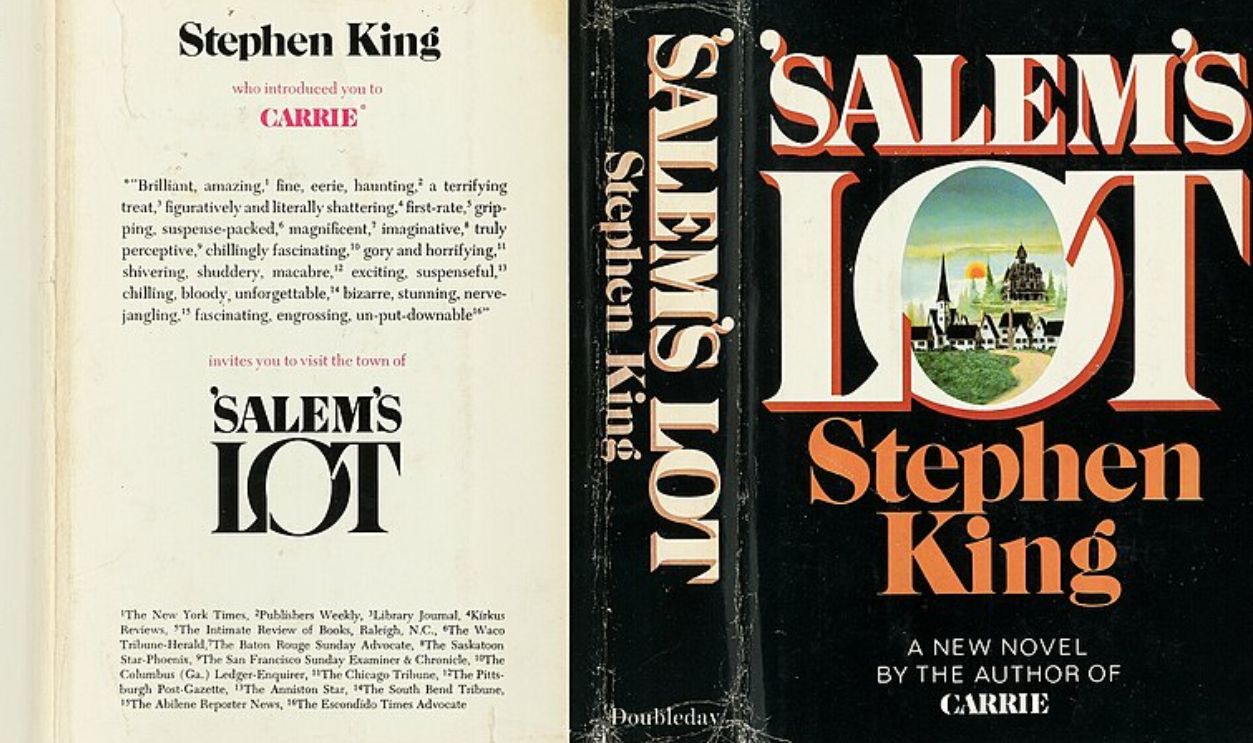 Jacket design by Al Nagy, Jacket illustration by Dave Christensen, Wikimedia Commons
Jacket design by Al Nagy, Jacket illustration by Dave Christensen, Wikimedia Commons
I Am Legend By Richard Matheson
You’d think being the last human on Earth might feel powerful. In Matheson’s I Am Legend, it’s pure torment. Surrounded by plague-born vampires, the survivor clings to sanity while the world forgets him. Hollywood softened his loneliness, but the novel’s devastating conclusion still hits hardest.
 Screenshot from I Am Legend, Warner Bros. Pictures
Screenshot from I Am Legend, Warner Bros. Pictures
The Wicker Man By Robin Hardy & Anthony Shaffer
A missing girl leads a policeman to a remote Scottish island where religion takes a sinister turn. The villagers’s pagan rituals hide something far darker. While the 1973 film became a folk-horror classic, the novel’s psychological depth and moral tension cut much deeper.
 Screenshot from The Wicker Man, Warner Bros.
Screenshot from The Wicker Man, Warner Bros.
Deadly Eyes By James Herbert
When oversized, mutated rats begin devouring a city, the horror in James Herbert’s novel feels disturbingly real. The 1982 movie adaptation, retitled Deadly Eyes, downplayed the gore and even used dachshunds in rat costumes. It missed the book’s gruesome detail and relentless pace.
 Screenshot from Deadly Eyes, Warner Bros.
Screenshot from Deadly Eyes, Warner Bros.
The Shining By Stephen King
Isolation can drive anyone mad, especially inside the Overlook Hotel. King’s masterpiece explores addiction and the collapse of sanity. Stanley Kubrick’s film became iconic, yet it veers sharply from the book’s ending and heart. King’s dissatisfaction makes sense with the novel’s emotional despair and haunted humanity.
Pet Sematary By Stephen King
King drew from personal fears when writing about a cursed burial ground that brings the dead back—wrong. Reluctant to publish it for its darkness, he eventually released one of his bleakest tales. No adaptation has matched the raw pain and horror pulsing through the original pages.
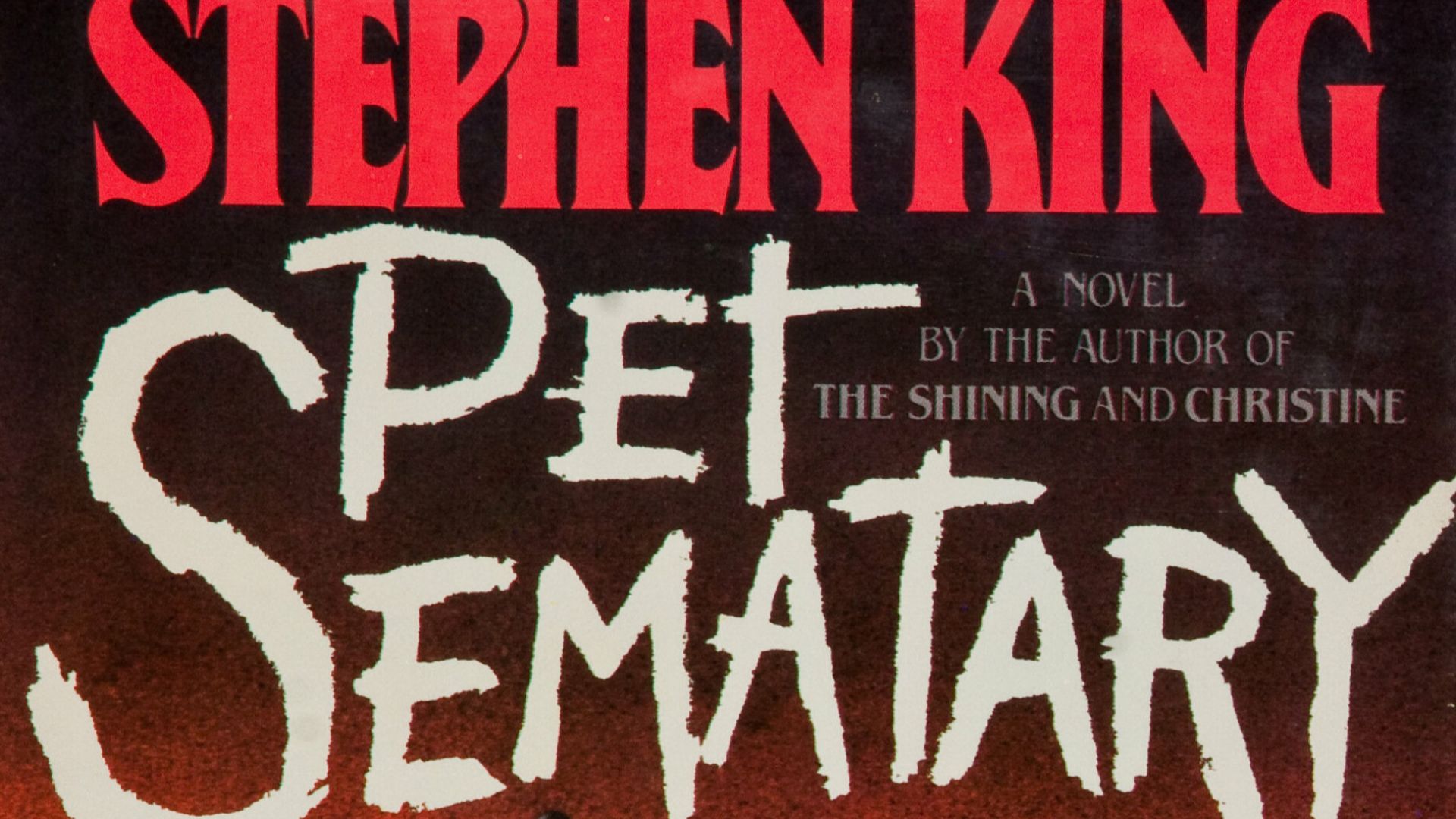 Jacket by Linda Fennimore, Wikimedia Commons
Jacket by Linda Fennimore, Wikimedia Commons
The Exorcist By William Peter Blatty
Before pea soup and spinning heads became pop culture, Blatty’s novel chilled readers with a deeply human story of faith and possession. Inspired by a real exorcism, it earned him the 1972 National Book Award for Fiction. The 1973 film shocked audiences, but that’s not enough.
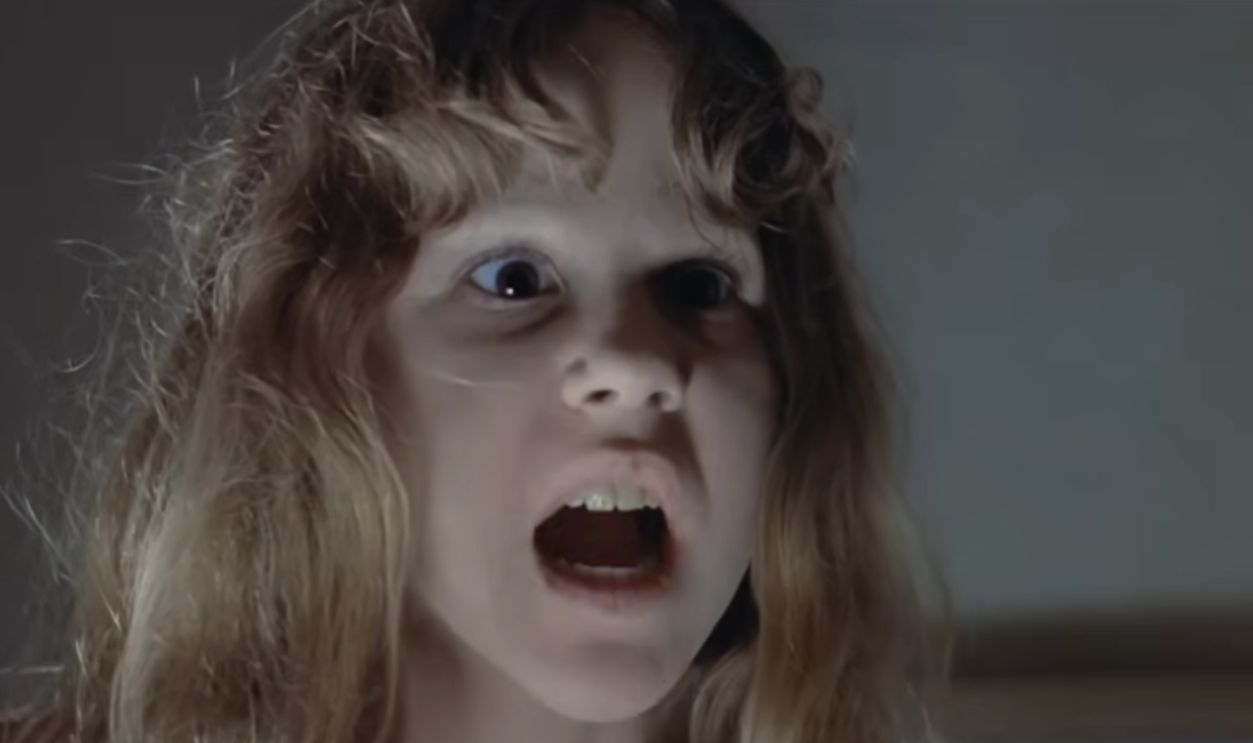 Screenshot from The Exorcist, Warner Bros.
Screenshot from The Exorcist, Warner Bros.
Misery By Stephen King
Fame turns fatal in Misery, where author Paul Sheldon wakes up in the clutches of Annie Wilkes, his “number one fan”. What begins as gratitude becomes gut-wrenching captivity. The book’s violence cuts deeper than the film’s restraint, with Annie’s obsession and Paul’s creative torment laid bare.
The Ritual By Adam Nevill
Four friends take a hiking trip that spirals into ancient terror deep in a Scandinavian forest. As exhaustion turns to primal fear, something monstrous begins the hunt. Nevill’s novel, steeped in Norse mythology, drips with atmosphere and existential dread. The movie softened much of that brutality.
 Screenshot from The Ritual, Netflix
Screenshot from The Ritual, Netflix
The Road By Cormac McCarthy
A father and son trudge through gray ruins, clinging to love in a world that’s forgotten it. Sparse prose makes each moment heavier, each kindness rarer. The film captures the desolation, but only the novel delivers the raw poetry that earned McCarthy his Pulitzer in 2007.
 Jacket design by Chip Kidd; published by Alfred A. Knopf., Wikimedia Commons
Jacket design by Chip Kidd; published by Alfred A. Knopf., Wikimedia Commons
Dracula By Bram Stoker
Before vampires glittered or brooded, they hunted. Stoker’s Dracula, told through letters and diary entries, feels disturbingly real. Drawing from Eastern European folklore, Stoker created a myth that outlived him. The book’s creeping dread and sensual menace still surpass any cinematic retelling of the Count’s curse.
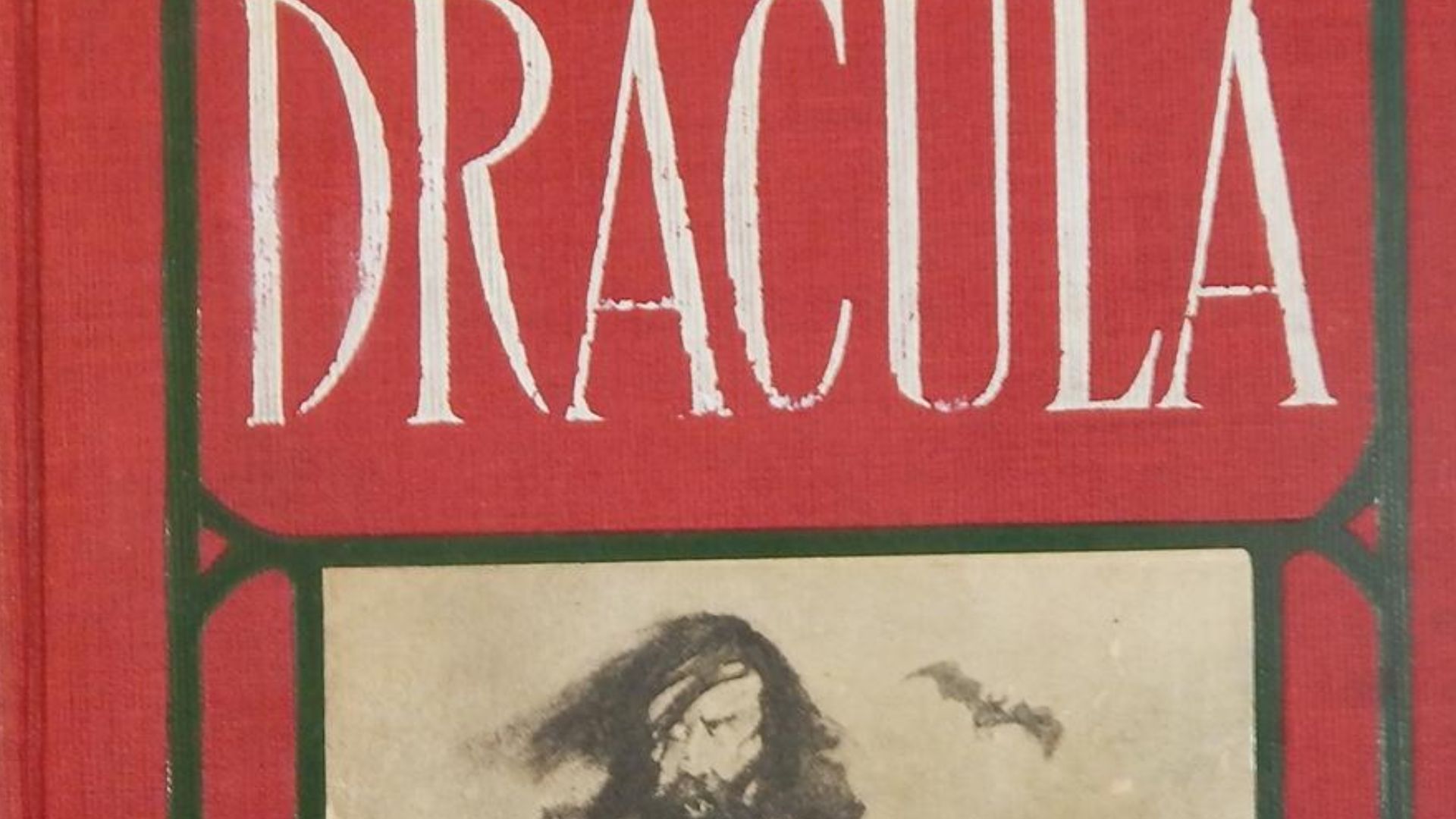 Bram Stoker/ Doubleday, Wikimedia Commons
Bram Stoker/ Doubleday, Wikimedia Commons
Coraline By Neil Gaiman
Curiosity leads Coraline through a hidden door and straight into a nightmare. On the surface, the “Other” world seems perfect, yet its stitched smiles hide something far darker. Gaiman’s prose walks a thin line between wonder and terror, far sharper than the stop-motion film.
 Screenshot from Coraline, Universal Pictures
Screenshot from Coraline, Universal Pictures


